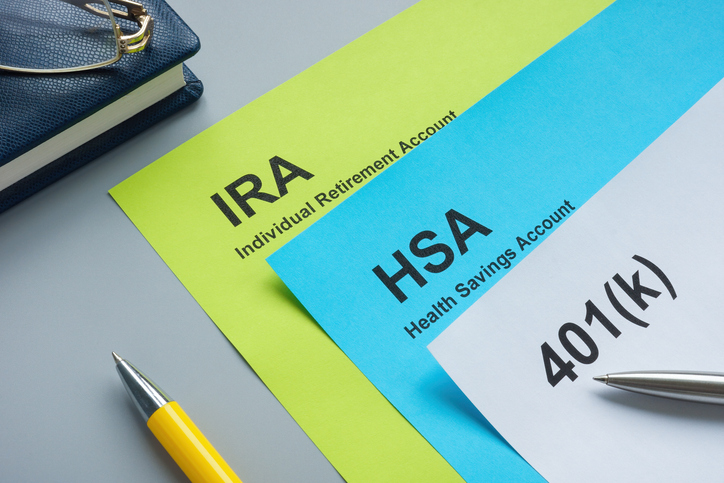The Senate recently voted to repeal the federally mandated 55 mph speed limit. If the House approves the measure and the president signs it–both of which are likely–then a national speed limit will be a thing of the past.
The federal government got into the business of mandating speed limits during the so-called “energy crisis.” In 1974, Congress required states to lower their maximum highway speed limit to 55 miles per hour. It was projected that doing so might reduce energy consumption by about 1 percent.
The energy crisis was ended 15 years ago when President Reagan abolished the price controls on fuel that had spawned the temporary shortages. One might have expected the 55 mph speed limit to be jettisoned at the same time. However, it was able to hang on as a purported “safety enhancement.” Not until 1987 were states permitted to increase speed limits to 65 mph, and then only on rural Interstate routes.
Today, persons opposed to allowing states to set their own speed limits warn of the carnage it would unleash. Senator Mike DeWine (R-OH) asserts “if we raise the speed limit . . . people will die.” Senator Frank Lautenberg (D-NJ) says raising the limit “will directly contribute to death and injury for thousands.” The facts, however, fail to support the senators’ rhetoric.
Studies of accident records since the partial lifting of the federal speed limit in 1987 find no evidence that the overall level of safety has been harmed by higher speed limits on some road segments. In fact, a study done for the AAA Foundation for Traffic Safety found that fatality rates improved 3.5 percent more in states that raised their speed limits than in states that did not.
Why did the new speed limit lower the overall fatality rate? The AAA Foundation study suggests that high-speed traffic may have shifted to highways better designed for high-speed travel. As a result, fatality rates on roads with raised speed limits may be higher than they otherwise might have been– but fatality rates on other, less safe roads have fallen by more than enough to compensate.
Even if lower speed limits should, in theory, lower fatality rates, the fact is that drivers ignore limits they perceive as unreasonably low. Prior to 1987, when the maximum speed limit was 55 mph, the average speed actually driven on those roads was 66 mph. The drivers of nearly 80 percent of vehicles on the road violated the limit.
Those drivers, as it turns out, may have been acting quite rationally. The Transportation Research Record reports that it may be safer to exceed unreasonably low posted speed limits than to obey them. Drivers appear to minimize the probability of g etting in an accident if they exceed the posted speed limit by 10 to 15 miles per hour. That is not to say that speed itself reduces risk. It is likely that other factors–perhaps an elevated level of alertness on the part of the driver–offset higher speeds.
The legislation now under consideration would permit states to evaluate each roadway and set speed limits appropriate to the design features and traffic composition. That promises to produce speed regulations more reasonable than the “one size fits all” national speed limit. More reasonable speed limits are more likely to be obeyed, which would free law enforcement resources to deal with greater threats to public safety.
Though it is seldom mentioned, faster transportation has value. The ability to cover more ground in less time opens up wider possibilities for improved productivity and recreation. Since lifting the federal speed limit would produce these benefits and open the way to safer streets, Congress should not hesitate to enact the proposed legislation.
John Semmens, a senior planner at the Arizona Department of Transportation, is a policy advisor to The Heartland Institute.



